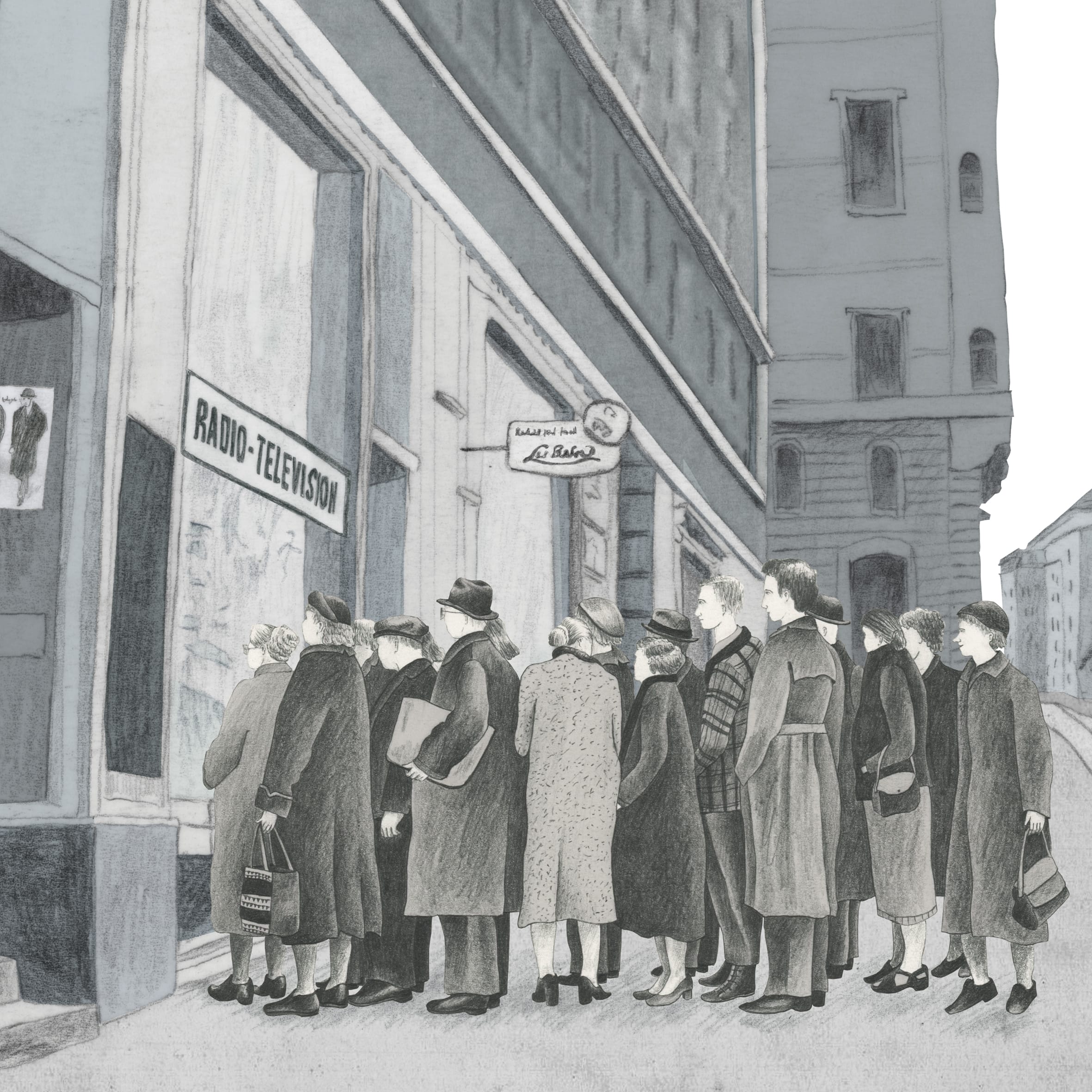Serena Katt
Lecturer MA illustration, UCA Farnham

image detail from 'Sunday's Child', published by Jonathan Cape
Criticality and Belonging
Abstract
This paper will consider the pedagogic value of encouraging students to make work that is ‘meaningful’, which here is taken to mean work that connects to life outside of the university, to students’ own interests and identities, and extends beyond the realm of commercial validity. Sometimes this ‘meaningful’ work takes the form of visual activism: work that reveals, illuminates, questions and challenges. At other times, ‘meaningful’ work is quieter – more internal – and comes to mean work that helps students develop an understanding of self and deep learning processes in a way that becomes applicable to their lives beyond university.
Continuing Paul Bowman’s call to examine: What use is illustration? What use are we illustrators? this paper will also ask: What use is illustration education? In a context where we prepare our students to graduate into an increasingly uncertain world, that brings with it a need to face the enormities of climate disaster, social justice, an impending recessions and future pandemics, what can illustration education offer?
This paper will suggest that illustration education has the potential to allow students to become global citizens, emerging from the University with an ability to be able to interpret and reframe knowledge, as well as possessing the skills and the drive to contribute in real and meaningful ways to the turbulent world they are entering into. It will also examine how ‘meaningful’ projects affect self esteem in students, and how this links to closing gaps in attainment. To this end, this paper draws on the pedagogies of Bell Hooks, Paolo Freire and concepts of deep learning to consider two particular aspects of these pedagogies - belonging and criticality - and to examine what value they have for students in this context.
Keywords: Deep learning, attainment, inclusivity, skill progression, criticality, holistic learning, citizenship, identity
Bio
Serena is a German-English illustrator, author and educator. Having taught at a range of institutions, she is currently lead second-year tutor in illustration at University of the Creative Arts in Farnham. Her first graphic novel, Sunday’s Child, was published by Jonathan Cape in 2019.
Her work explores how a research-focused illustration practice can be used as an active tool for understanding, interpreting and re-evaluating dominant narratives and discourses about historical events. Her work questions how illustration can add to and challenge our understanding of history, posing the argument that illustration has the potential to provide us with more reflective and nuanced understanding of collective histories.
She works closely both with archive photography and personal testimony, which allows her to contemplate and highlight the mechanisms of memory and collective history, and to consider the ways in which history is recorded, suppressed, remembered and distorted. Her outcomes centre on narrative sequences and visual essays that explore her personal relationship to history.
Her pedagogic focus is on exploring the idea of citizenship within illustration education, and considering the wider social and cultural value of illustration practices.